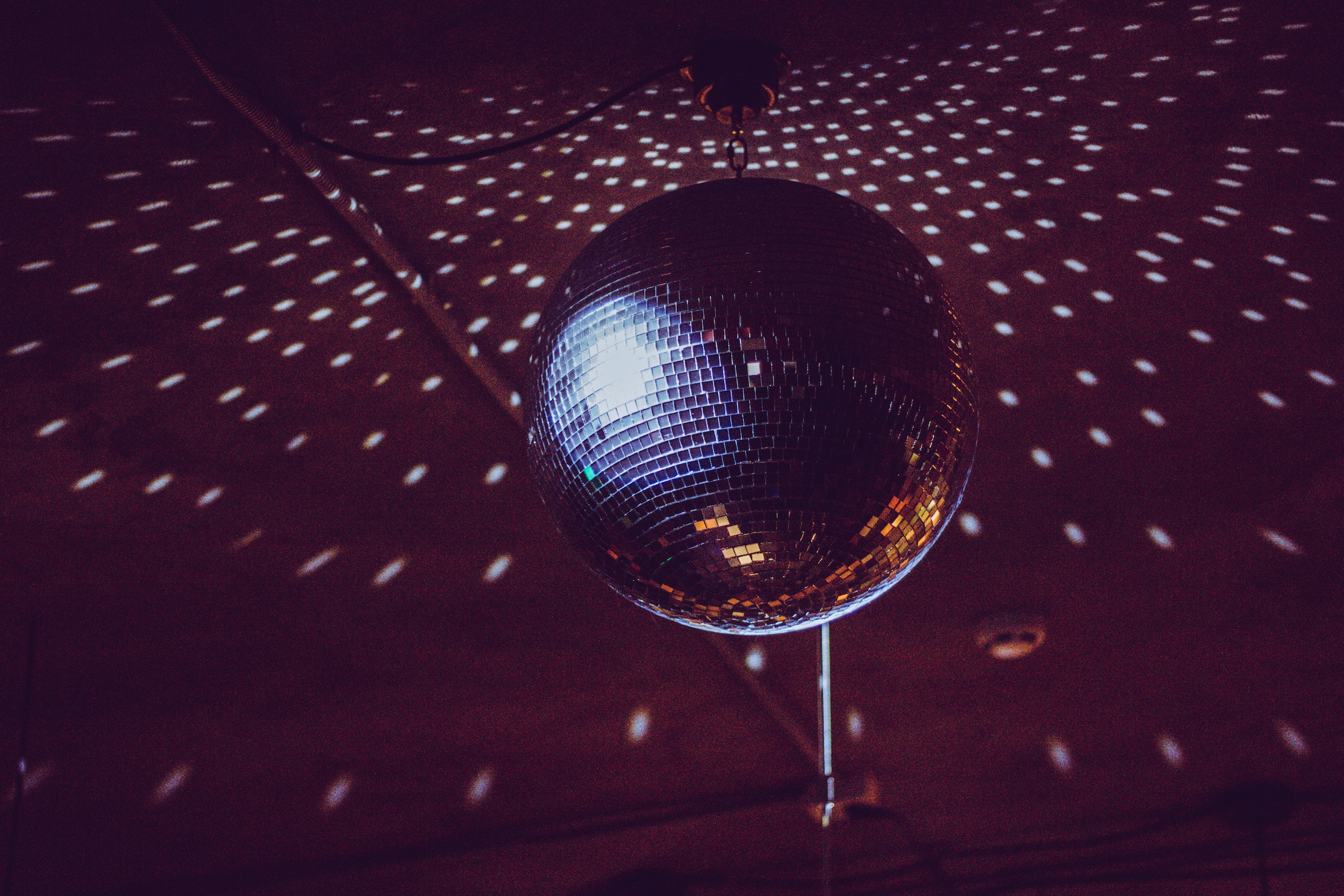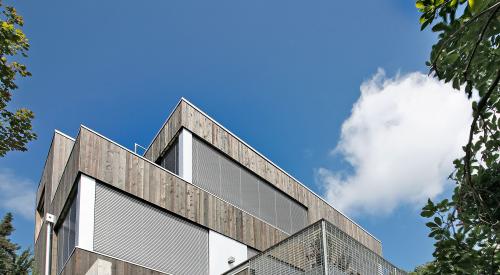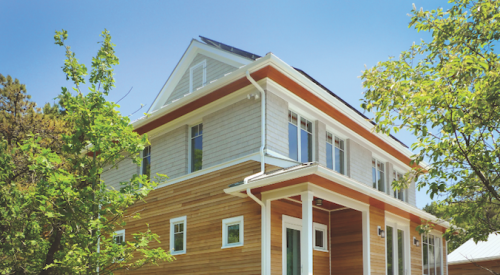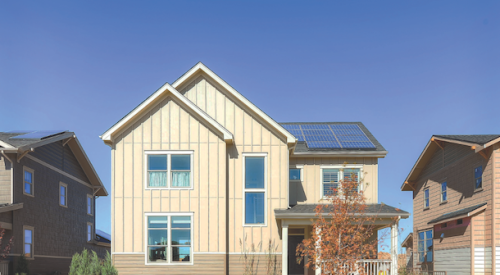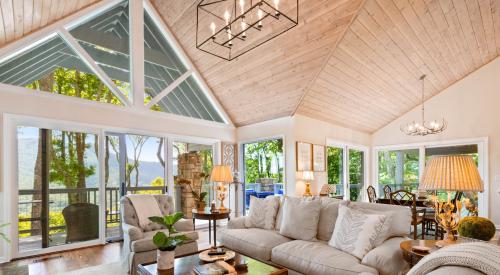Passive building is seeing a resurgence in North America since the first Passive House was certified in the U.S. in 2003. In 2011, 27 structures were certified, including single-family, multifamily, commercial, and government housing. As of 2017, 123 structures have been Passive House-certified.
What began as a construction industry response to the energy shortages of the 1970s is a burgeoning green building sector today. The Passive House Institute U.S. (PHIUS) sets design principles intended to help structures attain energy efficiency and comfort. Rigorous qualifications include an airtight building envelope with continuous insulation, high-performance triple-pane windows and doors, and strict solar energy management.
But how well do Passive Houses handle moisture? PHIUS advises that superinsulation; constant, low-level ventilation; and an airtight building envelope will reduce temperature fluctuations, preventing the occurrence of condensation and mold.
Michael Knezovich, PHIUS communications director, says that making the passive building standard more cost-effective and practical has helped to revitalize the method. “The new standard still puts conservation first, but takes into account the substantial differences between North American and Central European climate conditions,” he says.
Homeowner comfort appears to be powering the growth of passive building in the U.S. “Once people experience the quiet, the absence of drafts in Passive Houses, they love it. The homes are resilient and remain comfortable during power outages,” according to Knezovich.
In 2015, the latest passive housing standard was released, and PHIUS is expected to release an updated standard in 2018. “Obviously, technological and market conditions are constantly changing, so we want to be sure the standard keeps pace,” Knezovich says.
